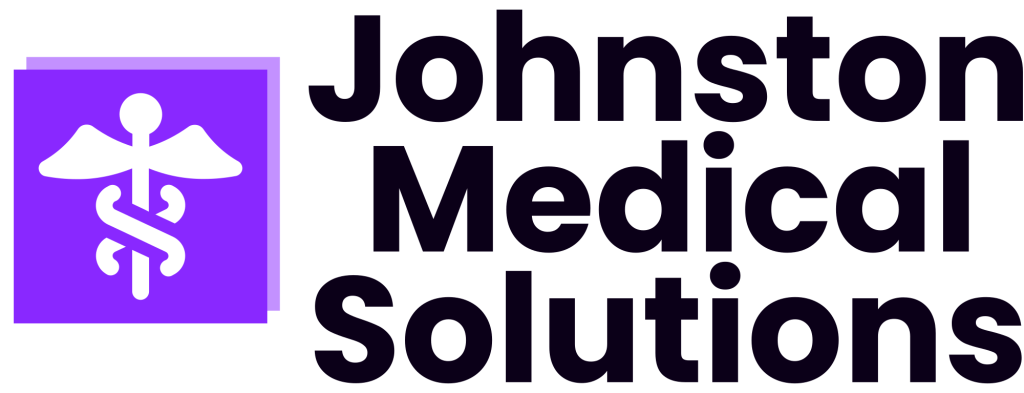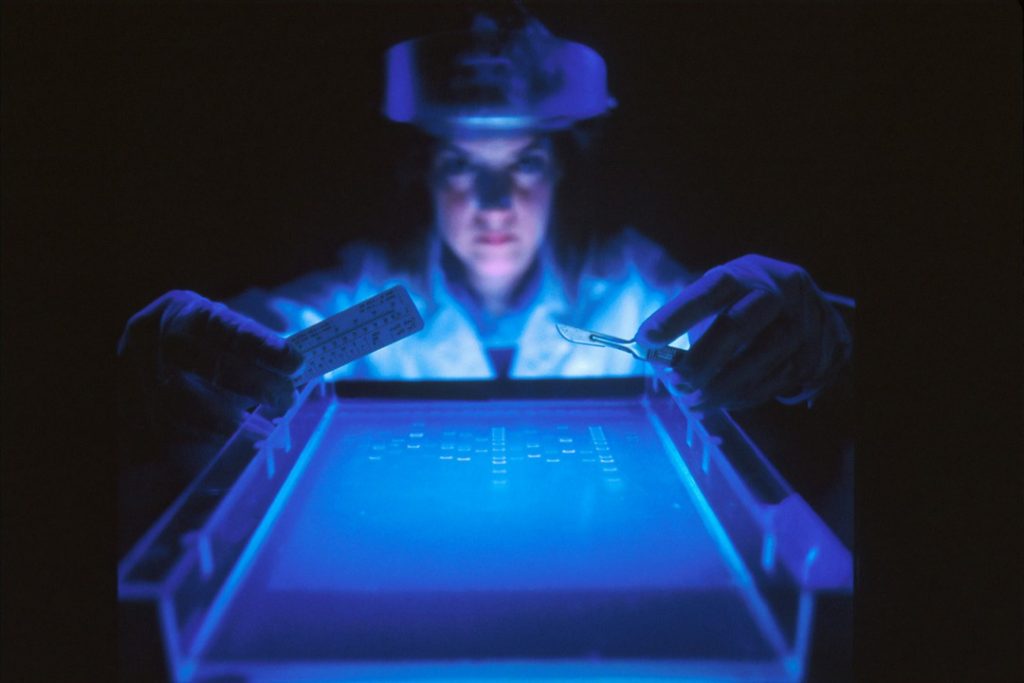Clinical trials are the cornerstone of medical advancement, paving the way for the development of new treatments and therapies. These trials are meticulously organized into distinct phases, each with its own set of objectives and outcomes. Understanding these phases offers insight into the journey of a new treatment from its inception to its eventual availability to the public.
Phase 1: Evaluating Safety and Dosage
The journey begins with Phase 1, where the primary focus is on evaluating the safety of a new treatment. This phase typically involves a small group of healthy volunteers or patients, depending on the study’s focus. The key objective is to understand the treatment’s safety profile, including any potential side effects and determining the optimal dosage. Researchers closely observe participants to gather critical data on how the treatment is processed by the body and its immediate effects.
Phase 2: Assessing Efficacy and Monitoring Side Effects
In Phase 2, the focus expands to evaluate how effective the treatment is in managing or curing the condition it’s designed to address. This phase involves a larger group of participants who are affected by the condition in question. The goal is to assess the treatment’s efficacy while continuing to monitor for any side effects. This phase helps refine the dosage and optimize the treatment regimen, ensuring that the therapy is both safe and effective for a broader population.
Phase 3: Comprehensive Validation
Phase 3 trials are critical as they involve a significantly larger group of participants and aim to validate the treatment’s effectiveness on a larger scale. These studies compare the new treatment against existing standard therapies, providing robust data on its performance. The outcomes from Phase 3 trials are pivotal for regulatory approval and play a decisive role in determining whether the treatment will be made accessible to the public.
Phase 4: Long-Term Surveillance and Real-World Application
After a treatment receives approval and is introduced to the market, Phase 4 trials, or post-marketing surveillance, take over. This phase involves ongoing monitoring of the treatment’s long-term effects and overall effectiveness in a real-world setting. It’s in this phase that any rare or long-term side effects may be identified, offering additional insights that contribute to the ongoing refinement and safety of the treatment.
These phases collectively underscore the rigorous and methodical process required to bring a new treatment from research to reality. Each step is essential in ensuring that new therapies are not only effective but also safe and beneficial for patients. At Johnston Medical Solutions, we are dedicated to advancing medical research through these structured and comprehensive trials, playing our part in the discovery of innovative treatments that improve lives.

